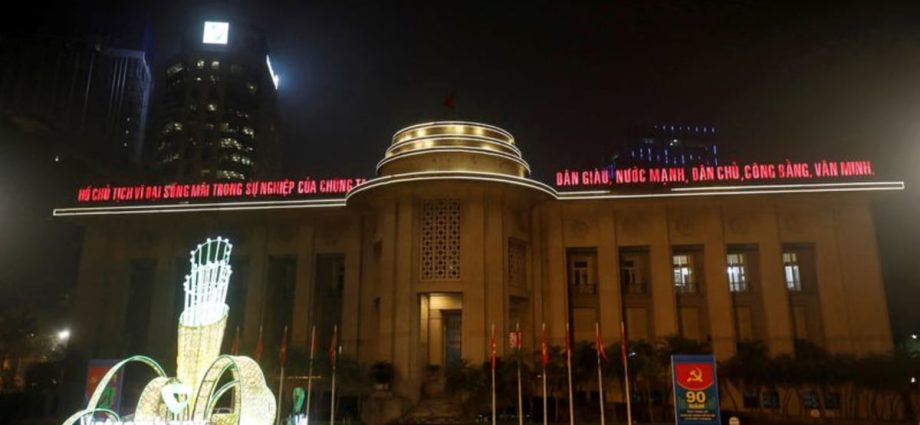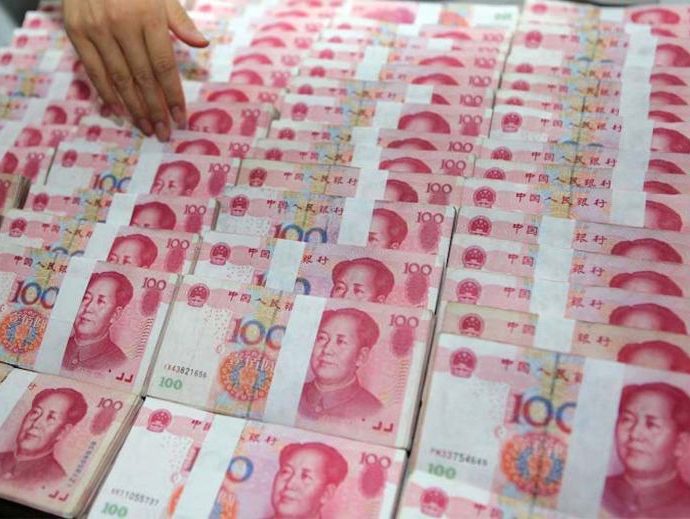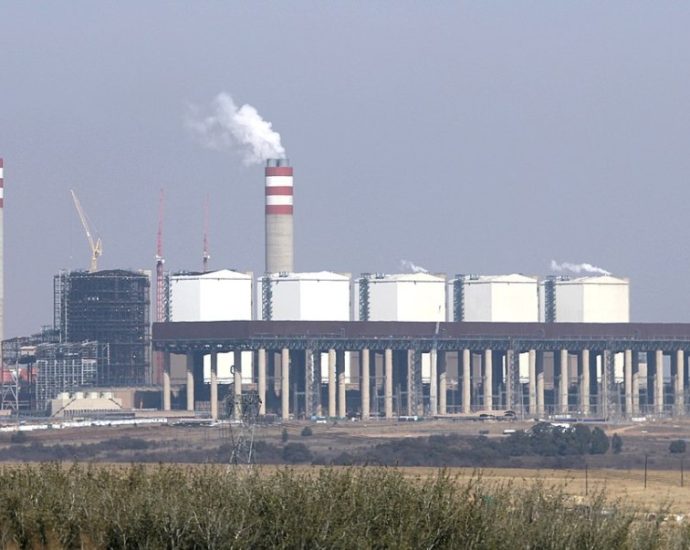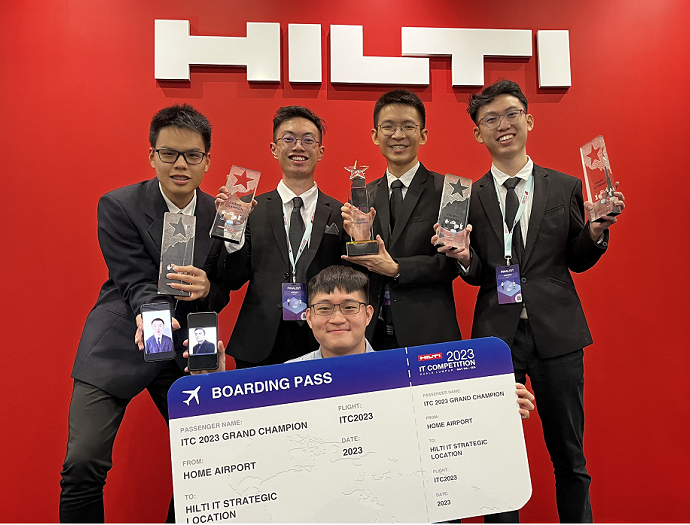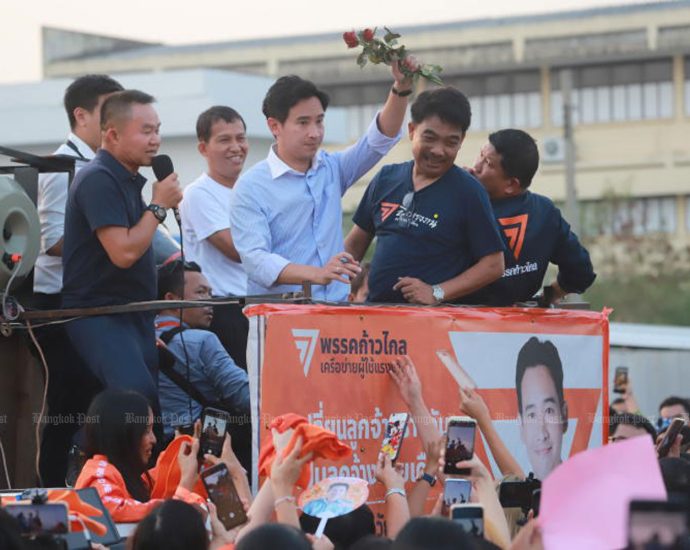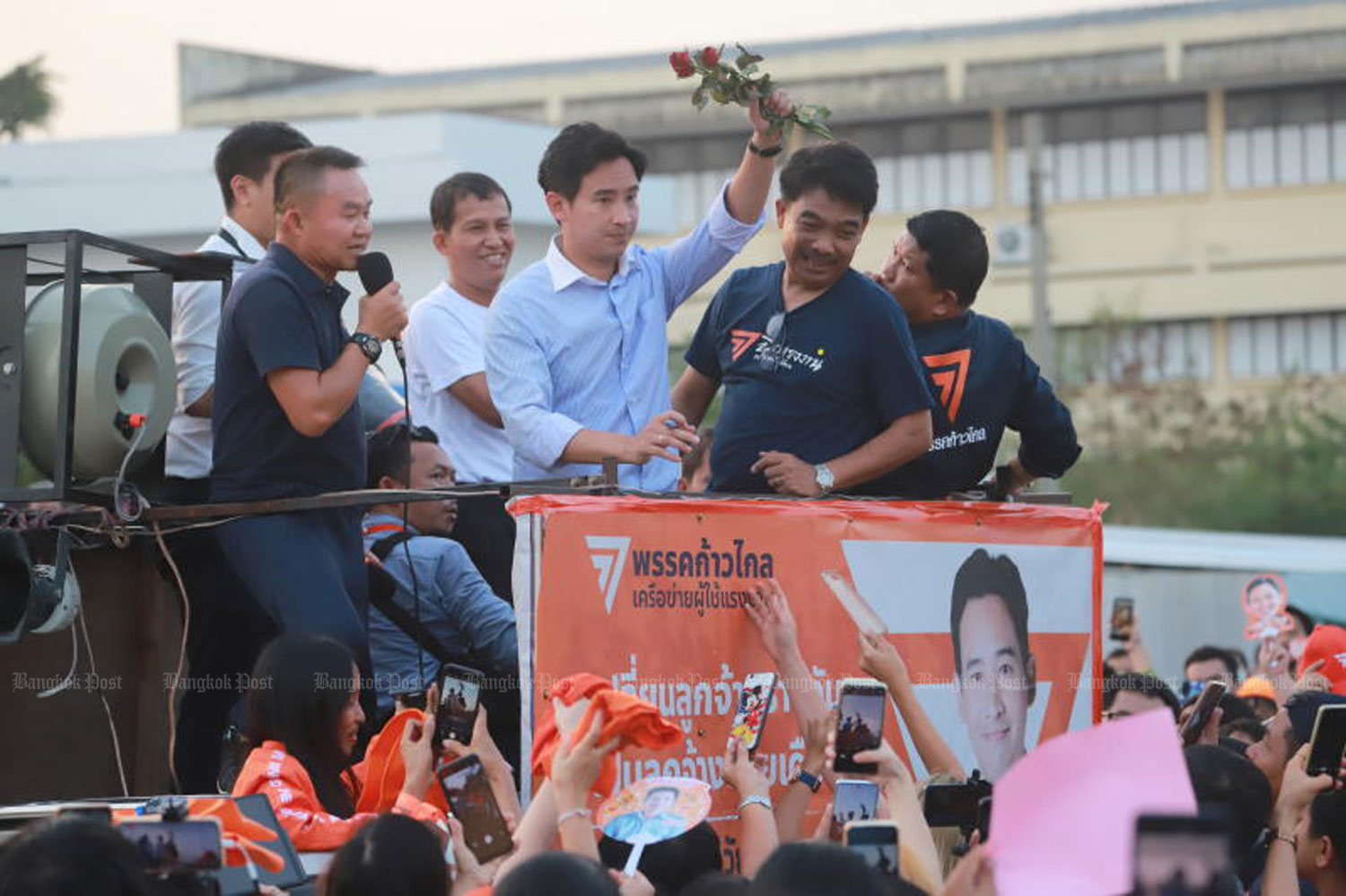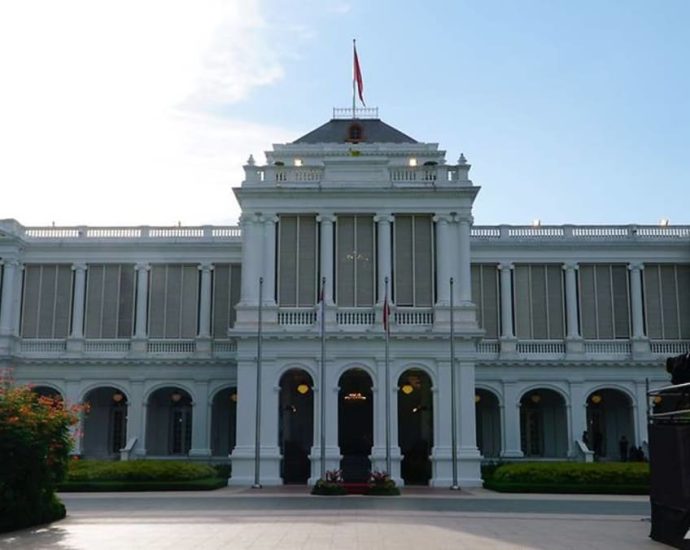Vietnam urges industry to save energy during heatwave
HANOI: Vietnam is turning off street lights and manufacturers are switching operations to off-peak hours to keep the national power system running amid record temperatures in some areas that have caused a surge in demand. As weather officials warn the heatwave could run into June, several cities have cut backContinue Reading

